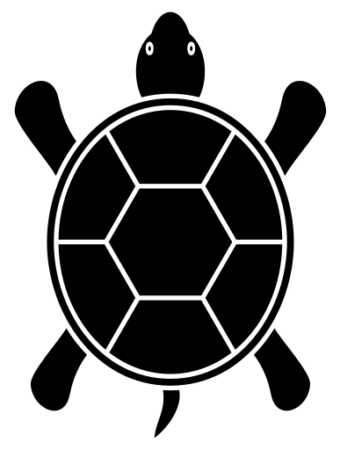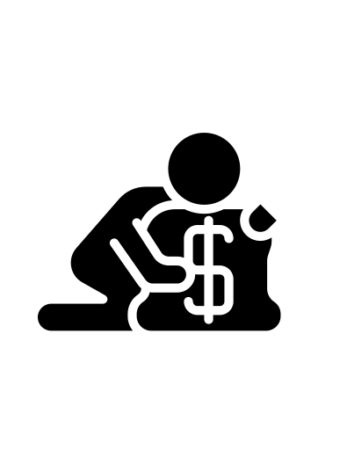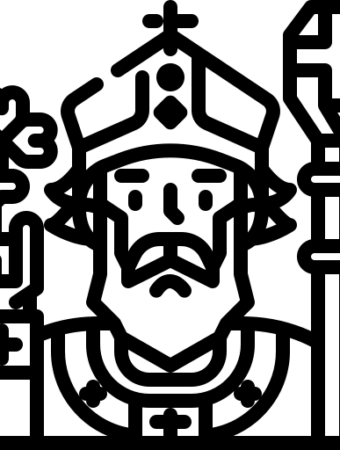While I’ve had email lists for years, I only recently started sending a regular email newsletter to them.
In the past my strategy had been to email the lists when I had something interesting to share or when I was launching something.
Unfortunately this meant frequent gaps that could be weeks long.
And that meant people easily forgot who I was and why they signed up for the email list.
People loved the emails. They often told me so at conferences and in replies. Every time I sent an email, there was a spike in sales and membership sign ups.
Frankly, I just didn’t want to promise a boring “newsletter” to people. Who would want to subscribe to something like that?
Then I realized that a regular email newsletter can be the most useful thing I can offer.
It has been the single, most effective thing I have done in years in terms of marketing.
I starting calling the approach “Prime Time Newsletters.”
Remember when we turned regular TV on during the “prime time” hours of 8pm and 10pm to catch the most popular TV shows? You couldn’t binge watch on Netflix or catch up online. It was the most convenient time for TV because we were winding down for the day.
A Prime Time Newsletter is an email at the perfect time of the week.
It provides useful information or tools on the ideal time and day.
It becomes expected and a part of the routine for a person.
For example, my audience of religious educators sits down to plan lessons every week. The majority of them plan on Sundays. I send my Prime Time Newsletter on Sunday morning with suggestions to help them plan their lessons.
A number of authors now use The “Link Roundup” Email Newsletter approach. This gives them a chance to share links to the best articles, images, and videos from the past week (including their own content).
The Skimm is a daily email newsletter that shows up every morning with a creative and funny summary of news and current events. It enables young professionals to be informed before during conversations at the water cooler.
How do you pick a prime time for your platform?
First, ask: What is the purpose of my platform? What are you trying to help your audience do?
I want to help _____ do _____.
I want to help religious educators plan their lessons.
I want to help young professionals understand current events.
Then, ask: What is the best time of day/week to meet this need?
[Audience] does [action] on [prime time].
Religious educators plan their lessons on Sundays.
Young professionals check their email first thing in the morning.
Further reading:


